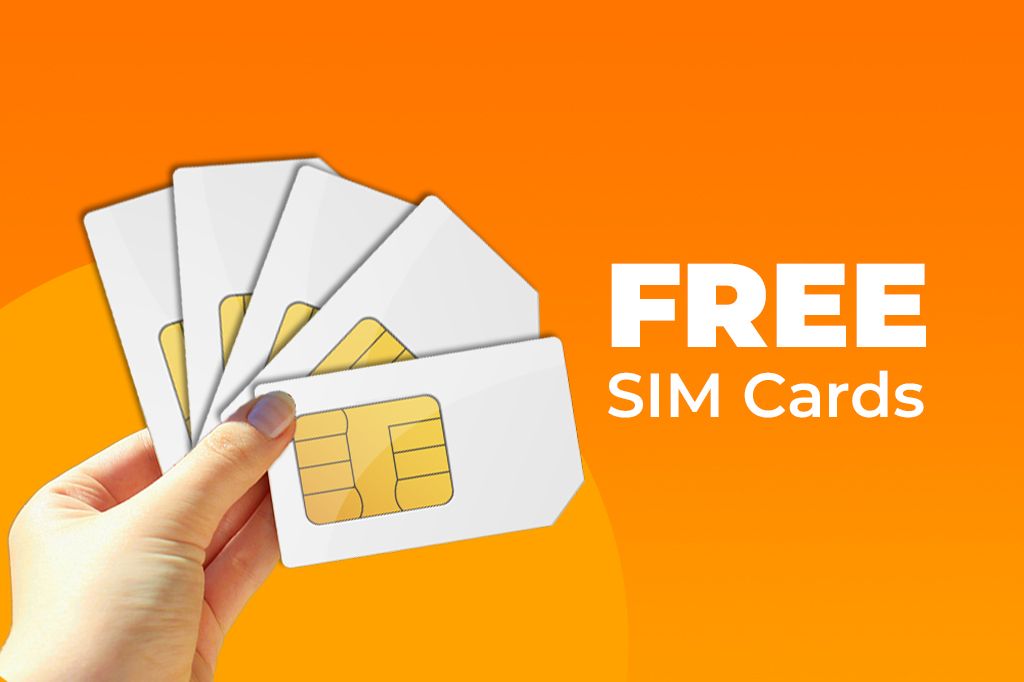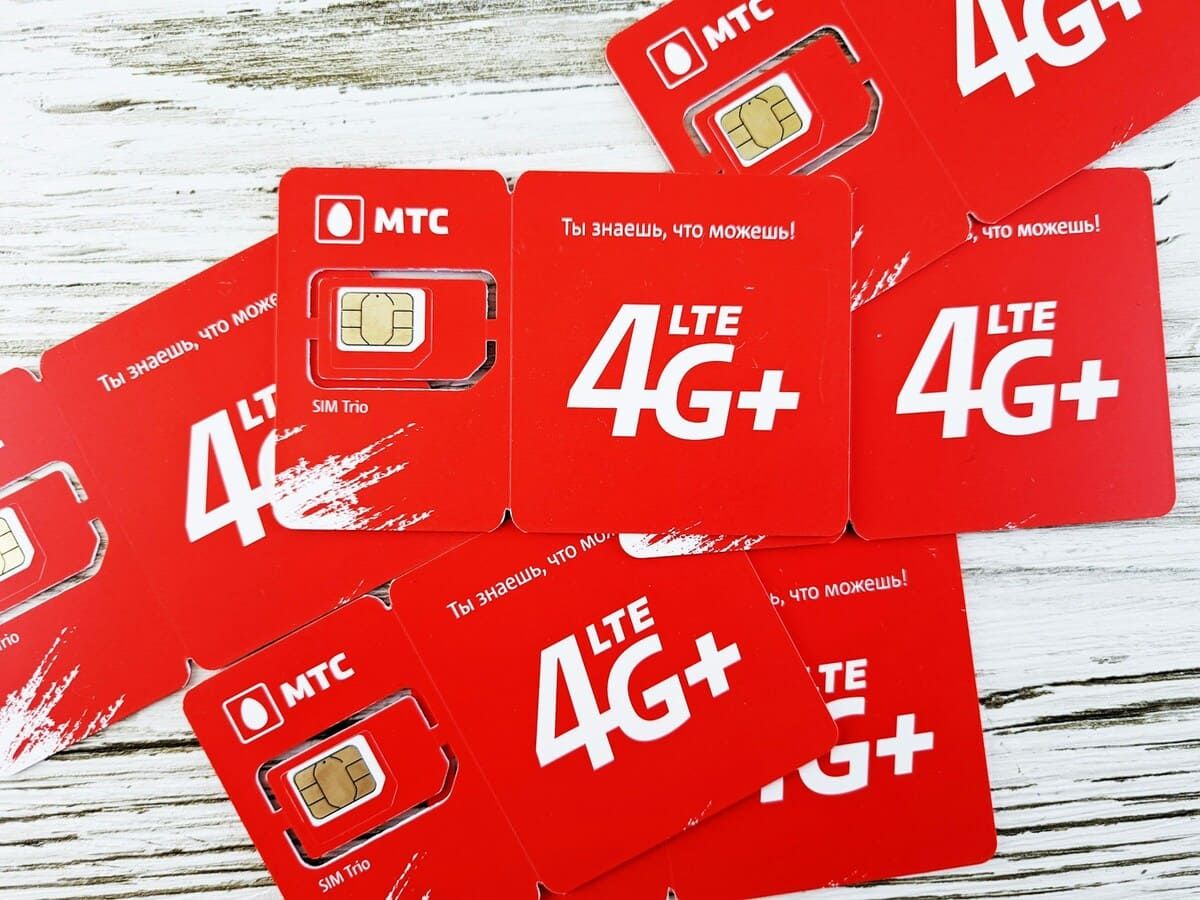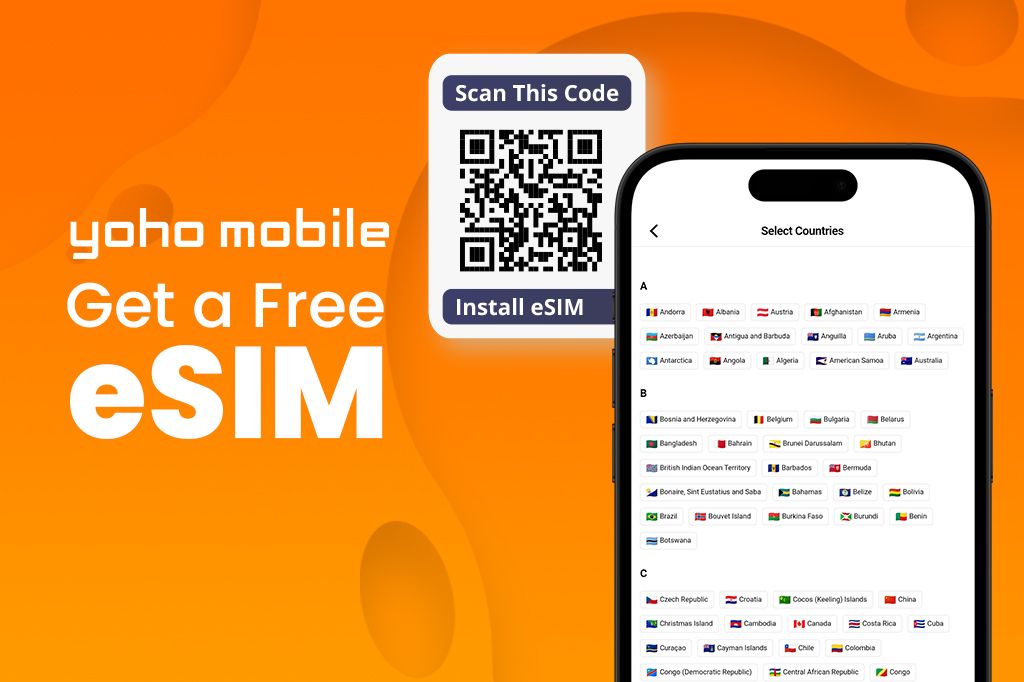You land in a new country, excited to let your friends and family know you’ve arrived safely. At the airport, you spot a booth offering “free SIM cards.” It sounds perfect. But things don’t go as you hoped: activation drags on, customer support asks for extra documents, and days later, a bill shows up for services you never used. That “free” SIM? It’s starting to feel like anything but.
In 2025, stories like this are everywhere as people are looking for affordable ways to stay connected. The word “free” is sure to be misleading. In this article, we’ll look at the truth behind free SIM cards—what they really offer, what they often hide, and how to protect yourself from unexpected costs.

Picture by Kateryna Kamenieva on Unsplash
The Real Definitions of “Free” in the SIM Card World
When a SIM card is advertised as “free,” it doesn’t always mean there’s no cost. There are usually three main ways companies use the word “free,” and it’s important to understand these differences:
-
Free as in Price: Sometimes “free” just means there’s no upfront cost for the SIM card itself. But you might still have to pay an activation fee or make a mandatory top-up to get started. There could also be monthly fees or service charges that show up later. In some cases, the SIM only stays free if you sign up for a specific plan or package. Even “unlimited” plans might come with limits on data or calls, and going over those can mean extra charges.
-
Free as in Freedom: “Free” can also refer to how flexible the SIM card is. A truly free SIM should be unlocked, meaning you can use it on any device and switch networks whenever you want. However, many free SIM cards are locked to one carrier or phone, which limits how you can use them. Some providers also block or restrict certain features like tethering, VoIP services (like Skype or WhatsApp calls), or roaming when you’re abroad. So even if the SIM is free, it might not do everything you expect.
-
Free as in Trial: Often, “free” means you get to try the service for a limited time, like 7 or 30 days. After that, the plan may automatically switch to a paid version, and you’ll start getting charged, especially if you give your payment info upfront. Other times, you’ll need to manually switch to a paid plan after the trial.
The Psychology of “Free” Things
Why do people react strongly to the word “free”? Behavioral economics research shows that when something costs nothing, people often focus on the fact that it’s free and ignore any downsides, as Dan Ariely explains in Predictably Irrational:
“Most transactions have an upside and a downside, but when something is free, we forget the downside. Free gives us such an emotional charge that we perceive what is being offered as immensely more valuable than it really is.”
This is known as the zero price effect, and even the Federal Reserve Bank of St. Louis describes it as people tend to overreact to free offers because zero is not just another price; it has an emotional pull that distorts decision-making.
In the telecom world, a free SIM card might sound like a great deal, but it often comes with limits. Still, the fact that it’s free makes people less likely to notice these trade-offs.

Photo by Photo By: Kaboompics.com
Free SIMs: The Players You Know and The Ones You Don’t
In 2025, you can get a free SIM card from a wide range of providers, from major phone companies to smaller, up-and-coming brands. Each one has different plans, coverage, and customer types in mind, giving users a variety of choices.
Some familiar names offer free SIM cards to draw in new customers, often come with prepaid or pay-as-you-go plans:
-
Lyca Mobile: Offers free SIMs with low-cost international calling to over 100 countries, plus promotional data bonuses.
-
AirTalk Wireless: A prepaid provider focused on no-contract, nationwide service, ideal for budget-conscious users.
-
SafeLink: A U.S. government-backed program that gives free SIM cards and phone service to eligible low-income users through the Lifeline Assistance program.
-
giffgaff: A UK provider with free SIMs and flexible pay-as-you-go plans. It’s known for its community-based model, where users can earn rewards by helping others.

Photo by Andrey Matveev on Unsplash
Some lesser-known brands are shaking things up with unique features or business models:
-
The Light Phone: Designed for people who want a distraction-free phone experience. Their SIMs support only basic calling and texting.
-
Mint Mobile: Offers free or low-cost SIMs with trial periods so users can test the service before committing.
-
FreedomPop: Provides a free basic service supported by ads, with optional paid upgrades for more data or features.
-
TextNow: Similar to FreedomPop, it offers an ad-supported service with free unlimited texts and calls. Data and extras are available for purchase.
-
Hello Mobile (U.S.): A smaller carrier that focuses on affordable, no-frills prepaid plans with free SIMs.
This table shows how these SIM card providers compare, whether their SIMs are really free, how much data you get, which devices work, if you can use them internationally, and if there’s an activation fee.
| Provider | Truly Free? | Data Included | Device Compatibility | International Use | Activation Fee |
|---|---|---|---|---|---|
| Lyca Mobile | Yes (free SIM + 30-day trial plans) | 0-20GB (trial plans available) | Unlocked GSM devices | EU and US roaming included; international calls | No during trial; may apply after |
| AirTalk Wireless | Yes (Lifeline program only) | 4GB-15GB (varies by plan) | Android and iPhone supported | US domestic only | No for Lifeline users; otherwise yes |
| SafeLink | Yes (Lifeline program) | Basic data and voice | Approved devices or unlocked phones | US domestic only | No |
| giffgaff | Yes (UK only) | None included with free SIM | UK GSM unlocked devices | Limited to UK and EU roaming | No |
| The Light Phone | Yes (SIM-free with device purchase) | None | The Light Phone only | No international use | No |
| Mint Mobile | No (SIM-free with plan purchase) | Varies by plan (up to 35GB+) | Unlocked GSM devices | Limited international roaming | Usually yes |
| FreedomPop | Yes (basic free tier) | Limited (basic data) | Most unlocked GSM devices | Limited; international calling paid add-on | No |
| TextNow | Yes (ad-supported) | Limited (basic data) | Most unlocked GSM devices | US domestic; international calls paid | No |
| Hello Mobile | No (SIM-free with plan purchase) | Varies by plan | Most unlocked GSM devices | Limited US domestic coverage | Usually yes |
When a “Free SIM” Becomes a Trap
Free SIM cards can save money upfront, but many come with strings attached. Before using a free SIM this year, make sure you understand the fine print so you don’t get caught in a trap.
-
Hidden Fees: Many “free” SIMs actually come with activation fees, required top-ups, or minimum usage rules. You might have to add credit right away or pay extra for features like voicemail or caller ID. The worst part is that these costs are often not clear at first and can quickly add up.
-
Device Locking: Some free SIMs are locked to certain networks or phones. If your phone isn’t compatible, the SIM might not work, or you might be unable to access the network, limiting your ability to switch carriers or use other devices.
-
Data Throttling: Even “unlimited” plans may slow your data after a small amount, like 500 MB. Once you hit that limit, internet speeds drop, making it hard to browse or stream. Providers use this trick to control usage while still calling the plan “unlimited.”
-
Expiration: Some free SIMs expire fast (in 7 to 14 days) if you don’t activate or use them. If you wait too long, the SIM could stop working, and you may need to get another one.
-
Privacy Trade-Offs: Free or cheap SIMs often come at the cost of your privacy. Providers may show you ads, track your activity, or sell your data. This could include your location, browsing habits, or app usage. In this case, you’re not the customer, you’re the product.
It’s Time to Think eSIM Instead
Physical SIM cards are still around, but they’re becoming outdated as technology moves forward. If you have a recent iPhone, Pixel, or Samsung Galaxy, your phone likely already supports eSIM cards: a built-in digital SIM that lets you download a mobile plan right away.
Unlike many so-called “free” physical SIM cards that come with hidden costs or shipping charges, eSIMs like Yoho’s are truly free and one of the best deals right now:
- Instant activation
- No credit card needed
- Includes several days of data to test the service
- Works in over 70 countries
- Great for travelers, digital nomads, or anyone needing a backup line

FAQs About Free SIM Cards
Do I need to provide an ID to get a free SIM card?
In many countries, yes. Most providers require identity verification due to local regulations. You may need to upload a passport, driver’s license, or other valid ID when ordering or activating the SIM. This is to prevent fraud and ensure compliance with telecom laws.
Can I use a free SIM card while traveling internationally?
It depends on the provider. Some free SIM cards are limited to domestic use. However, eSIM services like Yoho Mobile offer free data in over 70 countries, suitable for basic applications like messaging and email.
Can I use two free SIM cards at the same time?
You can use two SIM cards at the same time if your phone supports dual SIM functionality. This includes both physical SIMs or a combination of a physical SIM and an eSIM, depending on the device. If the SIM cards were obtained for free, such as through promotions, they may come with certain limitations, such as restricted data, usage periods, or activation requirements.
Can I use a free SIM abroad just to call 911 in emergencies?
Not always. It depends on the SIM provider and local laws. Many free SIMs don’t support emergency calls outside their home country. Also, 911 is only for the U.S. and Canada, other countries have different numbers. Some places require an active plan or registration for emergency services. Always check with your provider and local rules to confirm if emergency calls are allowed and which number to use.
What happens if I don’t use the free SIM at all?
If unused, the SIM might become inactive or be deactivated after a certain period, often 30 to 90 days, depending on the provider. Some free SIMs expire quickly if not activated or used. You could lose the phone number, data, or any balance. Providers may reclaim the number for reuse. To keep the SIM active, you may need to make a call, send a text, or use data occasionally. Check your provider’s inactivity policy.
Will using a free SIM affect my credit score or identity?
No, using a free SIM won’t affect your credit score. Most prepaid or free SIMs don’t involve credit checks or contracts. But you may need to give personal information for identity verification, which is required in some places. This doesn’t hurt your credit, but it does record your identity. Be careful with providers who collect or sell your data, this is a privacy concern, not a credit issue. Always read the privacy policy.
